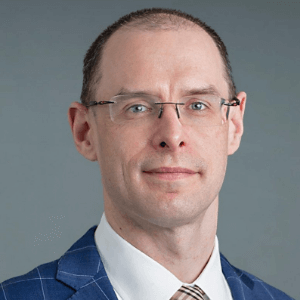Title : Flexor hallucis longus tendon transfer for chronic achilles tendon ruptures: Isolated or augmented technique?
Abstract:
Purpose: The purpose of this study was to evaluate the outcome, return to activities, and complications of FHL tendon transfer as an augmentation or isolated procedure in patients with chronic Achilles tendon rupture.
Methods: In November 2022, PubMed, Embase and Cochrane library databases were systematically reviewed to identify clinical studies examining outcomes following augmented and isolated management of neglected Achilles tendon ruptures. Data regarding clinical outcomes, return to activities and complications were analyzed.
Results: Data were retrieved from 16 articles including 339 patients, 277 underwent FHL augmentation and 62 an isolated procedure. The weighted mean age in the augmentation cohort was 52.68 ± 10.24 years and 53.67 ± 8.65 years in the isolated cohort. The weighted mean duration of the follow-up was 41.66 ± 28.6 months in the augmented patients compared with 33.98 ± 12.77 months in the isolated. The weighted mean AOFAS scores in the FHL augmentation cohort were 60.5 pre-operative versus 91.71 post-operative; compared with the FHL isolated cohort that scored 57.63 pre- operative versus 93.96 post- operative. The ATRS improved by 53.75/100 points in the augmented populations compared with their pre-operative scores. Patients were able to return to sport after a mean of 8.3 ± 2.94 months in the FHL augmentation versus 6 months in the isolated cohort. A total of 96% of patients were able to return to their previous activities in the FHL augmented patients compared with 93.43% in the isolated. The rate of complications was higher 21% in the augmented patients comparing the 6.5% in the isolated patients.
Conclusion: The use of local tendon transfer for chronic Achilles tendon ruptures using both FHL as an augmentation or isolated procedure resulted in good clinical outcomes and a reliable return to daily activities. We believe that the FHL as an isolated tendon transfer can potentially reach comparable results as a classic FHL augmentation technique with the advantage of a less invasive procedure. However, the under-reporting of data, marked heterogeneity between studies and paucity of comparative studies limits the generation of any robust conclusions. Further high-quality comparative studies are warranted to determine the optimal management of neglected Achilles tendon ruptures.
What will audience learn from your presentation?
- The study informs healthcare professionals on the efficacy of FHL tendon transfer, both as an augmentation and isolated procedure, for managing chronic Achilles tendon ruptures, emphasizing the need for further comparative research.
- This research aids healthcare professionals in making informed decisions about FHL tendon transfer for chronic Achilles tendon ruptures. It also serves as a resource for other faculty members to enhance their research or teaching in the field.
- Offers practical insights for healthcare professionals, potentially simplifying decision-making in the management of chronic Achilles tendon ruptures and improving the precision of treatment designs.




